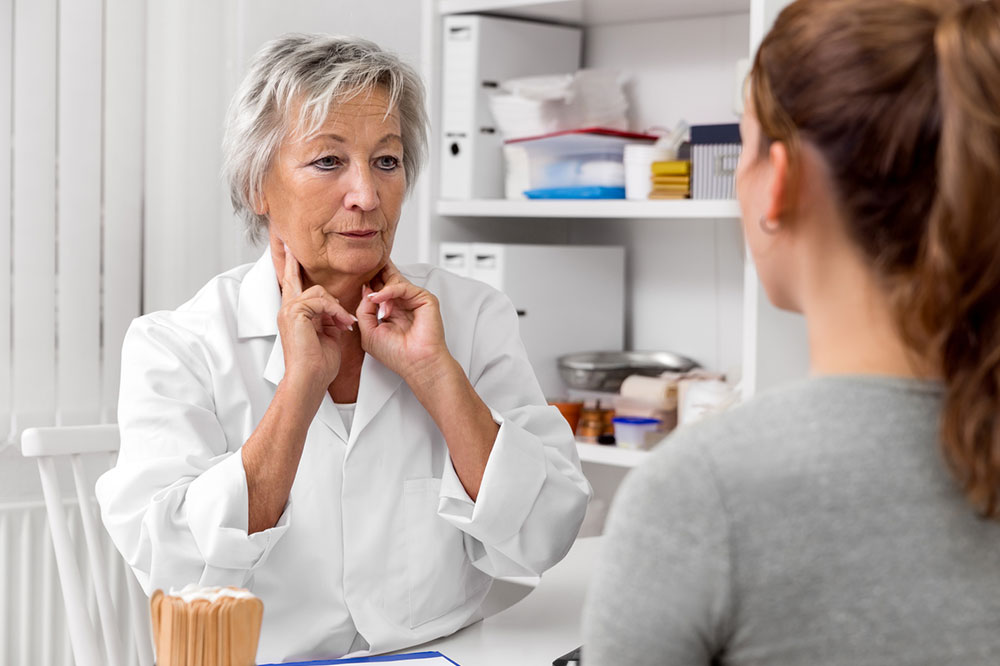
Risk Factors and Prevention Tips for Lymphoma
Over 77,240 people have been diagnosed with NHL (Non–Hodgkin’s Lymphoma) in 2020, of which 4% of cases have turned into cancer. However, there are many measures one can take to prevent the risk factors that lead to developing lymphoma. Read on to know more about the risk factors and prevention tips for lymphoma.
Risk factors
- Medical conditions
Underlying medical conditions can weaken the immune system and increase one’s chances of developing lymphoma. Conditions such as HIV and autoimmune diseases weaken the immune system, making it unable to control a lymphocyte, causing faster development of lymphoma in the body.
- Smoking
Smoking causes cancer as cancer-causing agents can enter the tissues and blood cells of the lymphatic system. Moreover, smoking has always affected the immunity of the human, reducing its ability to control abnormal cell growth.
- Past mononucleosis infections
Mononucleosis is an infection caused by the Epstein-Barr virus (EBV) that can remain in the patient’s body even after its symptoms have disappeared. Patients who have EBV are at a higher risk of developing lymphoma.
- Family history of lymphoma
One cannot simply inherit lymphoma from their parents. However, the risk of developing lymphoma is higher if your parents or sibling are diagnosed with it. The risk is not linked to a particular gene; instead, the risk is high because one may inherit multiple polymorphisms that can contribute to a higher risk of developing lymphoma.
- Age and sex
Cell mutations and genetic changes that take place throughout your life can increase one’s risk of developing lymphoma. There are types of lymphoma that are more common in people based on their gender and age. Similarly, there are certain types of lymphoma that are mainly seen in people over the age of 60, and other types occur only in children.
Prevention
There are no prevention methods that can guarantee complete immunity from lymphoma. However, certain lifestyle changes and adopting healthy habits can help reduce the risk of developing lymphoma.
- Diet and nutrition
Along with a healthy diet, one must take part in physical activities to maintain high immunity. Eat healthily and exercising regularly will not only ensure good health but also reduce the risk of developing any underlying conditions that can increase one’s chances of developing lymphoma.
- Avoiding certain environmental/ external exposure
One of the most researched and epidemiologically proven causes of lymphoma is exposure to external, environmental elements such as radiations and hazardous chemicals. Staying away from such environments will reduce one’s chances of being diagnosed with lymphoma.


